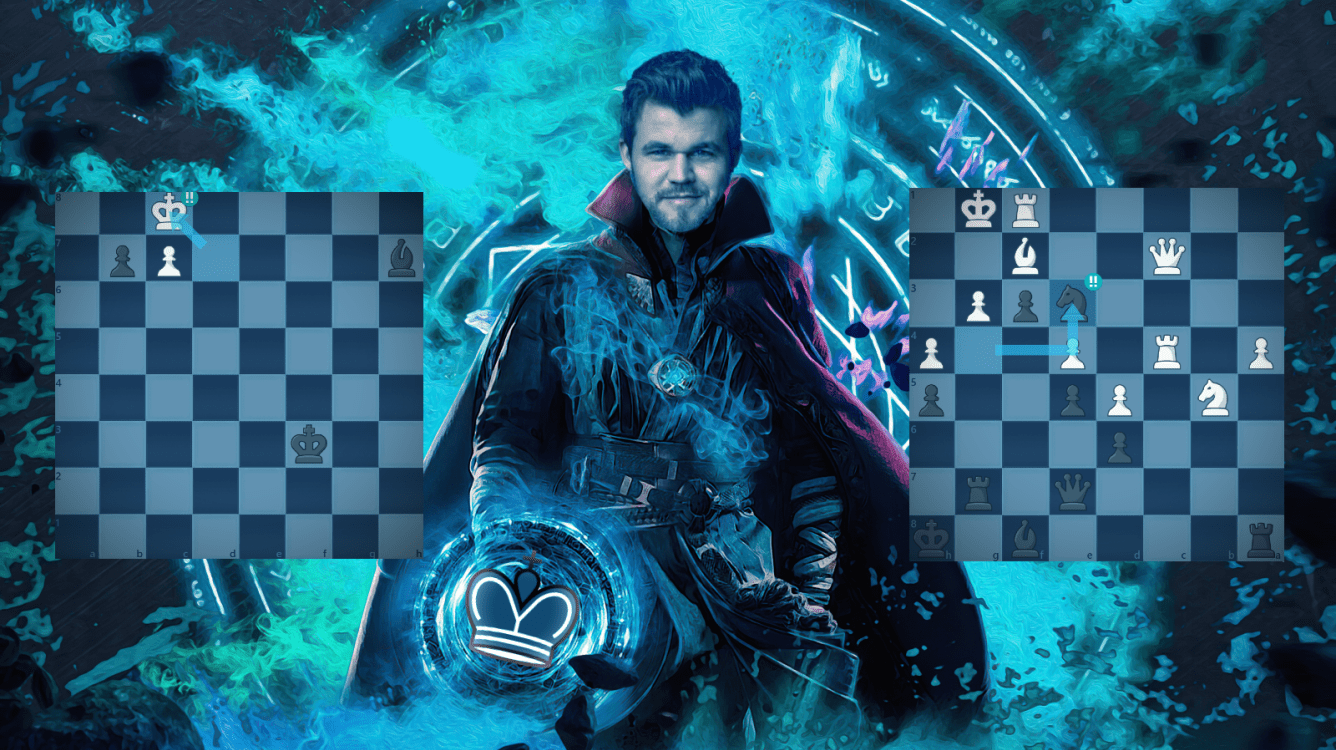
Types of Pawns and How to Deal with Them
Pawns are a big part of most chess positions. A lot of pawns create closed positions, and less pawns create an open position. Most endgames are entirely focused on pawns too. There are different ways to handle different types of pawns, whether you're using them or a faced against them.
We'll start with the most basic pawn type, a passed pawn. A passed pawn is a pawn that has no opposing pawns to stop it. Below, there's no black pawns on the c, d, or e files to stop the d4 pawn.
A passed pawn could also have, well, "passed" a pawn that would've been able to stop it, making it a passed pawn. Below, the f5 pawn is passed because it has passed its only potential enemy pawn, being the g5 pawn.
You should aim to make your pawns passed, especially in endgames. When you have one, keep it alive until the endgame, and try to promote it, or force your opponent to use up their pieces in protecting it, while you gobble up their pawns. Yum.
Do your best to not allow your opponent to get a passed pawn, as you'll probably be in for a bad time. If they do happen to get it, then do all that you can to get rid of it, or it could become a big problem.
Passed pawns don't always just appear, but a pawn majority can be used to create a passed pawn. A pawn majority occurs when you have more pawns than your opponent on a side of the board.
With a pawn majority, you want to exchange those pawns with their pawns, so you can create a passed pawn.
Against a pawn majority, either try not to exchange, or try to go for the minority attack in a position like the one below.
The minority attack creates a backward pawn for the opponent, and these aren't pawns you want. Basically, a backward pawn is a pawn that defends a fellow pawn but isn't protected itself. These pawns are a weaker, so they're a big target.
If you have these, make sure to defend them or at least have pieces that can come defend them at any point. If your opponent has them, make it your target.
Another thing you don't want is isolated pawns. These pawns have no supporting pawns on the two ranks beside them but have opposing pawns. Like the flipside of passed pawns.
Again, if you have a one, keep it well protected. If your opponent has one, put pressure on it.
Our last type is doubled pawns, which are created by a pawn capturing something, moving it in front of a fellow pawn.
These aren't always a bad thing; they could help create support. But you generally only want to get doubled pawns in exchange for something. In the Trompowsky Attack, (above) black gets doubled pawns but also gets the bishop pair.
If you have double isolated pawns, try to make them useful. They can be good support for an attack or defending your king. If your opponent has them, see if they can be attacked. But what's worse than doubled pawns?
Double isolated pawns!
A combination of doubled, and isolated pawns. These are not that common but are atrocious. Avoid these at (a few) costs and go capture your opponent's doubled isolated pawns.
That ends the blog. So, avoid bad pawns and get good pawns!

